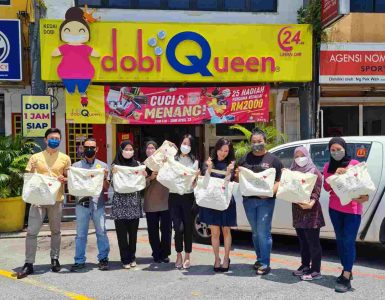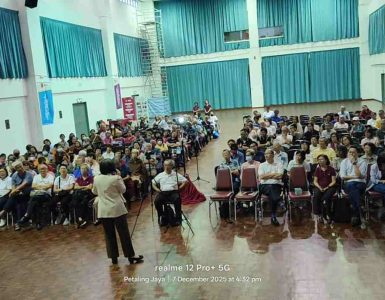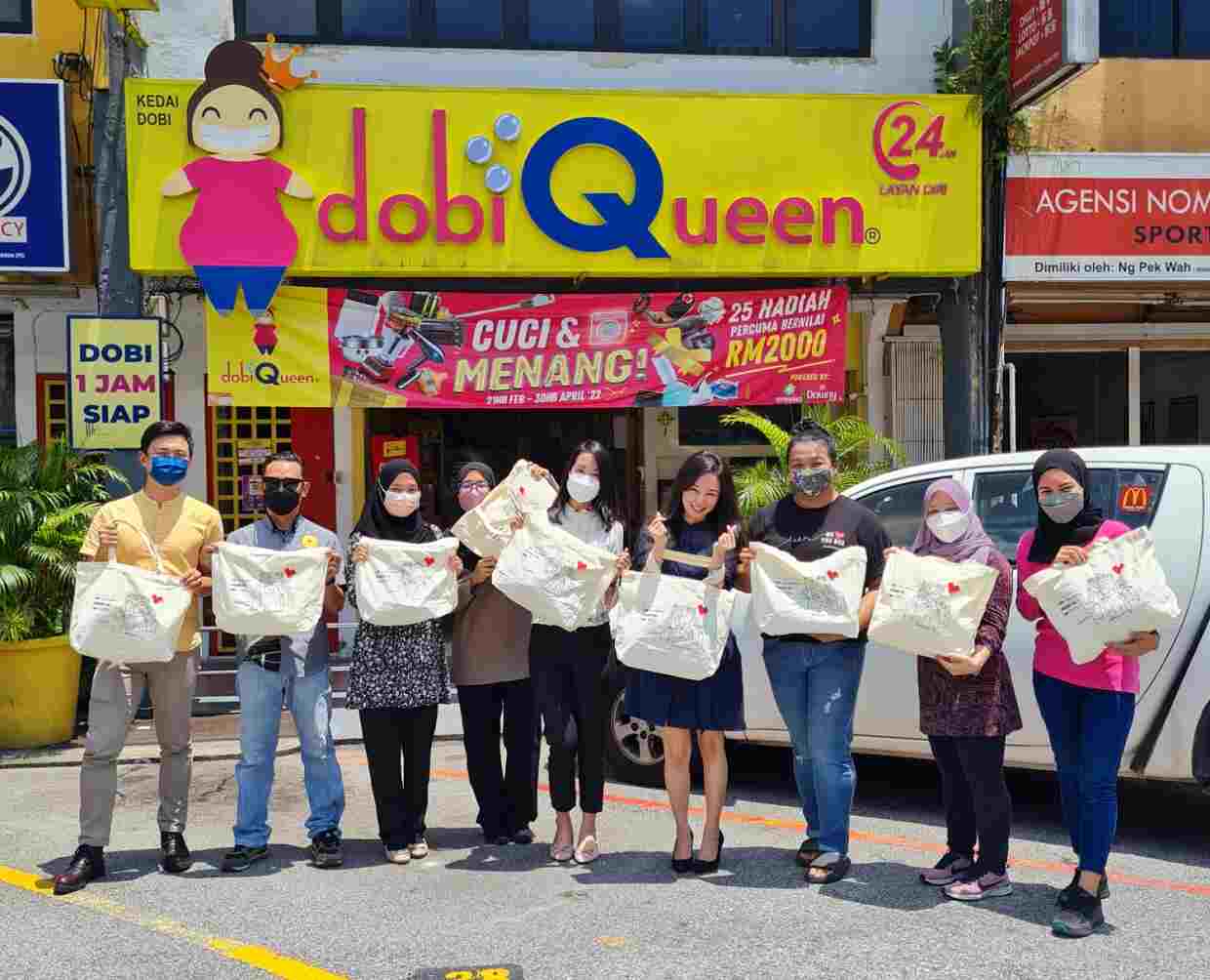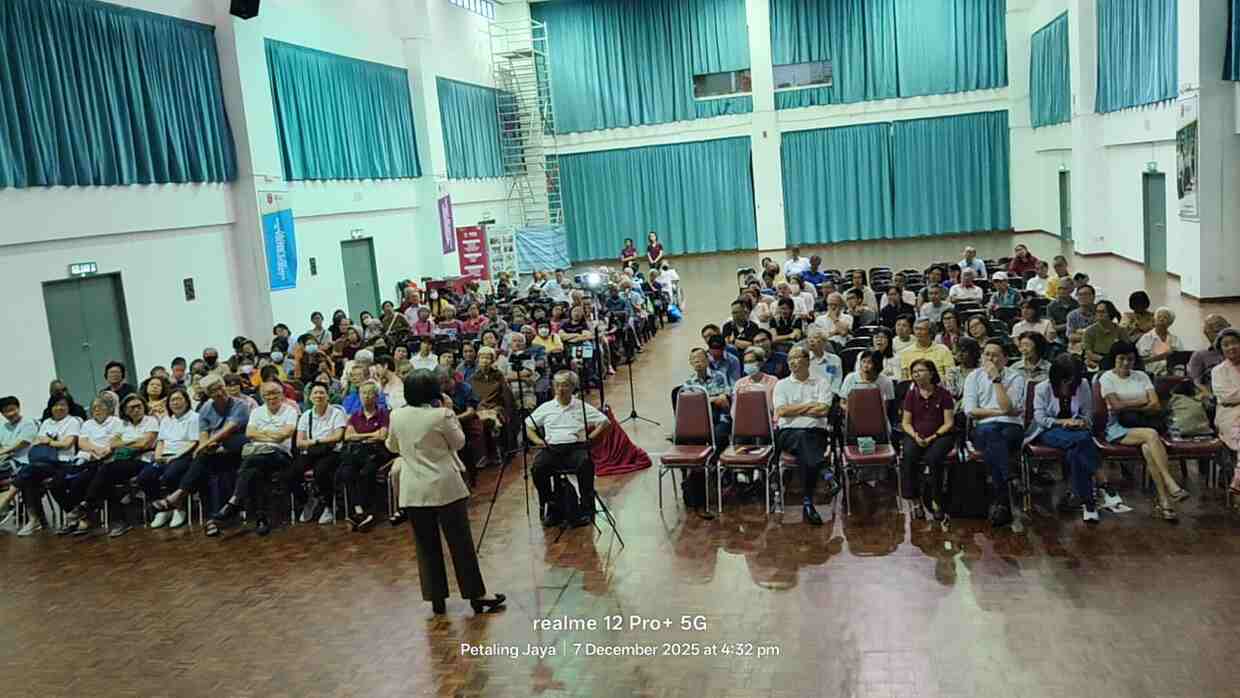
Statement by Sahabat Alam Malaysia (SAM)
Sahabat Alam Malaysia (SAM) calls on the Department of Veterinary Services of Malaysia and the Department of Wildlife and National Parks to end the relentless slaughtering of frogs by the roadside daily, in the markets of Penang.
SAM has many times expressed concern over this skinning of live frogs which has gone unchecked for years, despite our drawing it to the attention of the authorities. To this date no action has been taken to ban this trade in live frogs.
SAM is appalled by the cruelty when live frogs are skinned and cut up alive. Skinning is one of the most cruel acts that can happen to any animal. The little creatures struggle in agony as their skins are literally ripped off from their flesh. While the skinning is over in a few seconds, the creatures remain alive and fully conscious, squirming in pain.
Many people eat frog flesh because of a belief that it will cleanse their body system. Frog legs are served by restaurants as delicacies.

Huge quantities of these frogs are collected to fill the plates of gourmets. The two species of frogs mostly in demand as food are the Fejervarya cancrivora (formerly called Rana cancrivora) known by its local name of Crab-eating Frog and the Limnonectes blythii (ambiguously called “giant frog”).
The former occurs in a range of habitats including coastal plains, marshes, mangroves and in padi fields near the coast; while the latter is found in primary and secondary forest, streams and river banks.
The uncontrolled collection of these two species has led to drastic depletion of their populations. These creatures also face destruction by forest clearance. The Limnonectes blythii is listed as near threatened under the IUCN Red List of Threatened Species. This species is in significant decline because it is being over-harvested for food and because its habitat is shrinking, making the species close to qualifying for Vulnerable.
The Common Green Frog or Green Paddy Frog usually found in padi fields and swamps is well known amongst the residents of Kelantan. Usually found in padi and swampland it is among the top items on the menus of Chinese restaurants in the state.
Frog breeders have resorted to the setting up of frog breeding farms to meet the demands of food lovers. The concentration now is on American Bullfrogs (known by the scientific name of Lithobates catesbeianus which are larger in size and yield more meat. They are native to the United States and Canada.
Apart from the cruelty to frogs and the loss of species, the other area of concern is the role frogs play in the ecosystem.
Frog populations around the world have shown increasing signs of stress in recent years. Some species have disappeared, and others are no longer found where they used to be. Scientists are concerned about what is happening to the frogs, because the health of frogs is closely linked to the health of the environment. Since the frog lives in water its whole life, the health of frogs can be used to help determine the health of the water system.
Frogs are sensitive to pollution because they live at the meeting of two environments – land and water – and they can easily absorb pollutants through their skin. An increase in deformities may be a sign that something is seriously wrong.
Frogs are crucial to the ecological system because of the role they play in the control of bugs and they help keep the ecosystem in balance. They also play a crucial role in the control of the insect population, for example mosquitoes, and are of great help to farmers in the control of insect pests. Their disappearance has necessitated the use of expensive and dangerous pesticides.
Just as miners used canaries in the mines to alert them to poisonous gases, frogs may alert us to problems in our environment.











